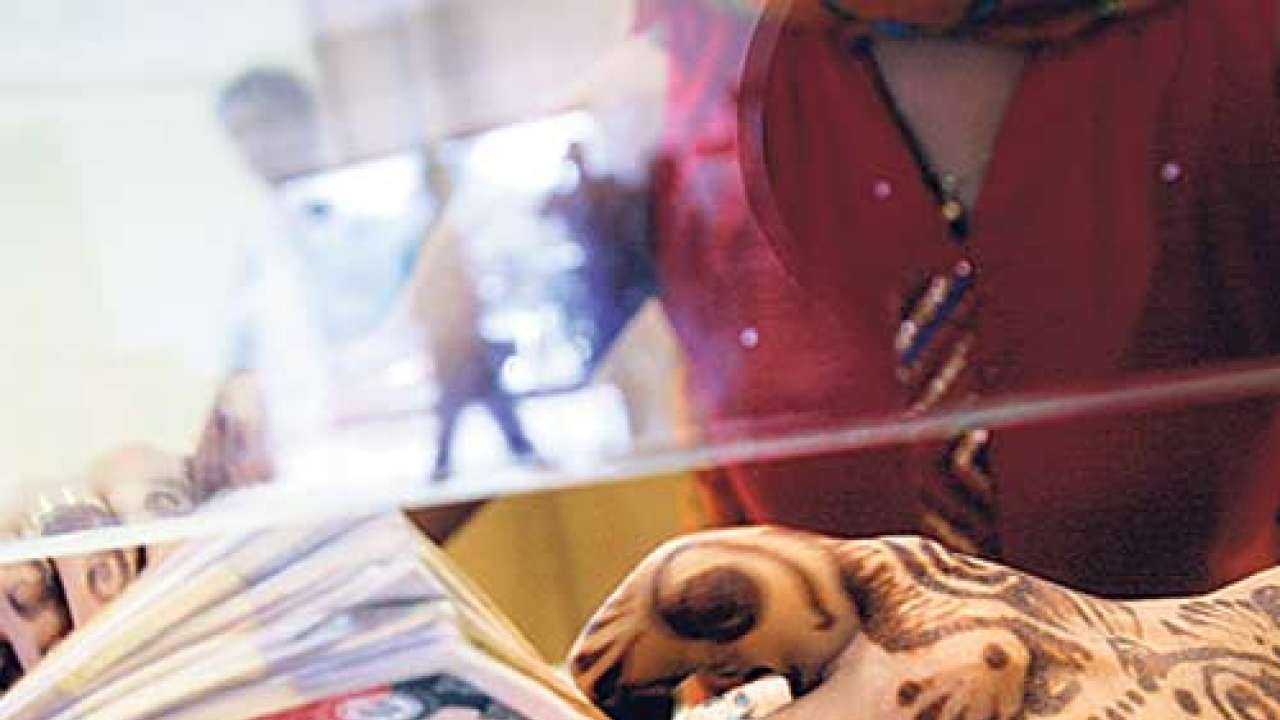
Amidst the backdrop of a slowing domestic economy, tepid global recovery and financial markets volatility, 2013 has undoubtedly been a demanding year for the Indian banking sector. As I see it, some of the makers and breakers (brakers!) of 2013 for the Indian banking sector are as follows:
Breakers
Financial and liquidity stress: The vulnerability on the current account saw the extent of weakness in rupee far exceed the weakness in similar current account deficit (CAD) currencies like Indonesian rupiah, Brazilian real, South African rand and Turkish lira, following indications of tapering of the US Fed’s QE programme. Faced with a sharp depreciation of the rupee consequent on the sudden surge in capital outflows, the Reserve Bank of India (RBI) hiked short-term interest rates and tightened domestic money market liquidity as the first line of defence. As a consequence, banks were compelled to pass on higher rates to their customers.
The weighted average lending rate (WALR) on fresh rupee loans surged by 42 basis points (bps) between June and August.
Short term stress on asset quality: A slowing economy resulted in concerns for the banking sector’s asset quality. The volatility in the financial markets in 2013 has only exacerbated these worries. Analysis of YES Bank’s monetary conditions index with non-performing assets (NPAs) of the banking system indicates a strong lead-lag correlation with a lag of two quarters. As such, I believe that amidst the recent stability in monetary conditions, only further deterioration in banking sector’s asset quality will be contained going into 2014.
Elevated inflation compelling hawkish monetary policy: The pace of inflation-softening has belied our expectations in 2013, with the recent bout of pressure coming from food inflation. As such, the RBI’s monetary policy stance during the year has performed the difficult act of harmonising growth and inflation dynamics. While rupee stability since September kick-started the process of normalisation of monetary policy in the form of a phased reduction in the marginal standing facility (MSF) rate, surge in inflation led to a gradual upward calibration of the repo rate.
Makers
The RBI’s unconventional policy measures: The RBI was quick to resort to unconventional measures to encourage capital inflows to bulwark the rupee from ‘taper’ shocks. The dollar swap window for oil companies, easing terms for NRI deposits and increase in banks’ foreign currency borrowing limits, saw restoration of stability in the rupee along with a turnaround in market confidence. This allowed the RBI to normalise its policy beginning September.
Containment of external sector vulnerabilities: Gold imports ground to a virtual halt on fresh government measures to link imports of gold to export obligations. This, coupled with a revival in exports along with $34 billion raised via swap windows, has helped to abate concerns not only on the magnitude of the CAD but also its financing. The possibility of CAD shrinking to close to $50 billion was flagged by me four months ago in the middle of pervasive negative sentiment!
What could be the drivers of growth recovery? With the manufacturing sector failing to revive economic growth and the services sector losing further momentum, 2013 saw the agriculture sector emerge as a key growth support. Led by surplus monsoon, the positive spillovers from strong agriculture growth to rural consumption will be salutary. Also, improvement in export growth led by lagged impact of rupee depreciation and revival in global growth is a key factor.
2014 – what to expect?
Next year, I expect the recovery on both macroeconomic and financial fronts to continue. A fuller economic recovery is expected to begin taking shape from the second quarter (July-September) of the next fiscal post the formation of a new government, as the recent steps to clear various inter-sectoral logjams seep through. A dynamic political leadership would also facilitate a strong economic rebound. As the cycle turns, I believe that banks will have a critical role to play in supporting the productive impulses of the economy while meeting the financial needs of all the sections of society. So, the next fiscal will be a good period for Indian banking
The writer is president of industry body Assocham and MD & CEO of YES Bank